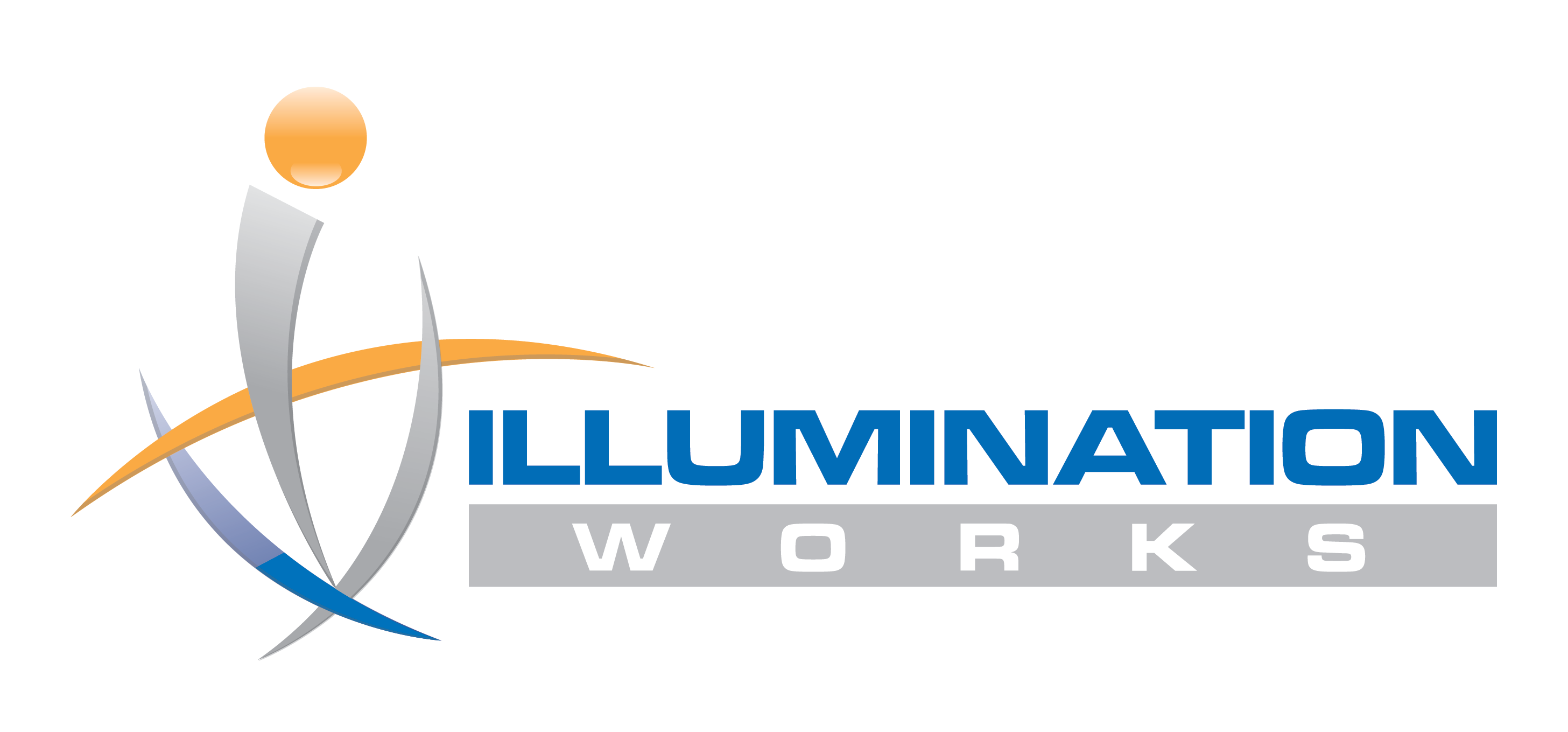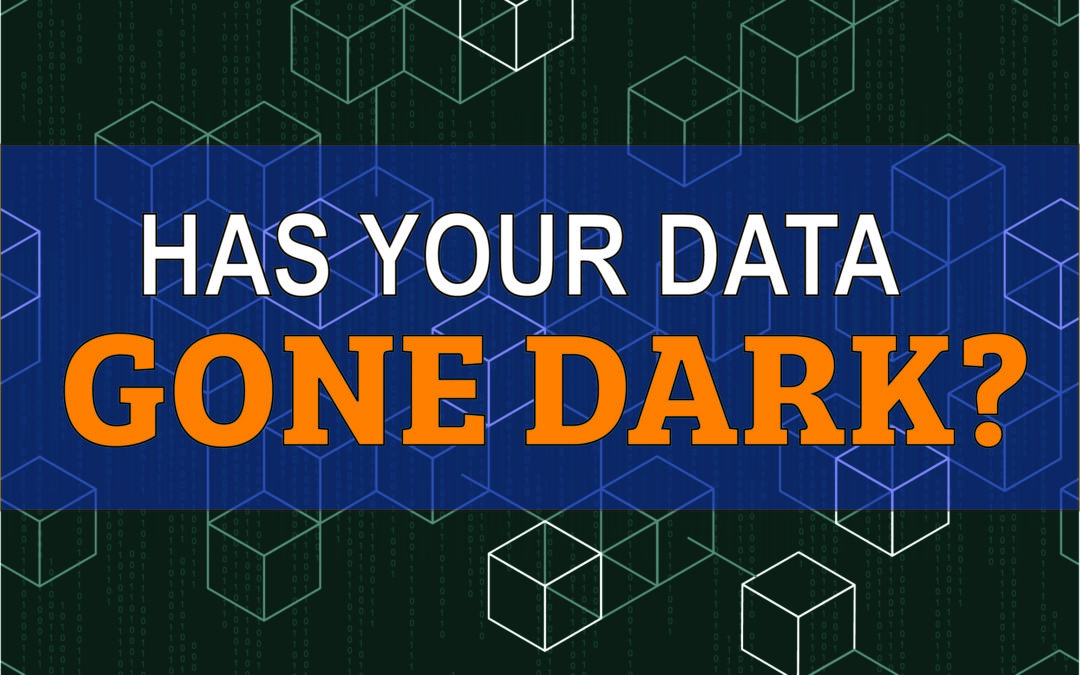At Illumination Works, we talk a lot with clients about business intelligence and data-driven decisions. In fact, most organizations consider data to be a very valuable asset.
Unfortunately, the challenge many organizations are facing is that this valuable asset (data) is not creating value or strategic advantage.
What is Dark Data?
- Data is too old to be relevant or provide value
- Information comes in a format that is not accessible by existing tools
- Lack of expertise or tools to collate and analyze data from disparate systems
- Data is not high quality (e.g., fragmented or incomplete)
- Short supply of data science expertise makes it hard to process unstructured data at scale
- Organizations do not know where all of their information is stored
Why Should You Care About Dark Data?
Unlock Opportunities
Stay Ahead of Competitors
Improve Customer Experience
Avoid Legal and Regulatory Issues
Minimize Intelligence Risks
What Can You Do About Dark Data?
- The use of software solutions to make existing data more accessible and usable for non-technical employees
- Increase training to raise awareness about the value of data within your organization and provide funding for data projects
- Categorize your data so you can apply the appropriate strategies to get the most value from your data
Two broad categories of dark data include structured data and unstructured data. Unstructured data often consists of textual data hidden in notes, comments, and customer reviews.
Structured Data
- Use lexical analyses to turn a string of characters into identifiable entities
- Leverage machine learning (ML) to seek out identifiers
- Use algorithms to track consumer sentiments (e.g., by assigning numeric ratings)
- Leverage predictive analytics to identify trends and improve forecast accuracy
Unstructured and Text Data
The noisy nature of textual data makes it especially challenging to organize and analyze raw data. Yet, as much as 90% of all digital data is unstructured, locking away critical insights in various locations and formats. A few approaches to manage and extract insights from unstructured data include:
- Set your goals for data sorting to identify useful data
- Organize content to make the data accessible and searchable
- Clean the data to remove irrelevant information and slice the data into manageable pieces
- Analyze the data with artificial intelligence (AI)-powered tools, such as ML and natural language processing (NLP) software
- Generate charts, reports, and interactive dashboards to visualize the information
Tools for Processing Dark Data
Sorting and analyzing dark data to extract insights is a multi-step process that requires engineering and data science expertise, along with various tools. A minimal software toolkit will support these three key steps:
- Data discovery: Gain visibility into your organization’s data landscape and identify useful information for further analysis
- Data classification: Identify the value of a dataset, how it can be useful, security concerns, and more. Use automated tools and AI algorithms (e.g., ML, NLP) to organize large amounts of unstructured data into relevant categories
- Data quality management: Implement a policy-based data quality management procedure to facilitate decisions on how to clean each dataset to maximize its value and/or minimize storage cost. Tools that can help with this process include video and sound analytics, computer vision, ML, and advanced pattern recognition software
Using Dark Data to Inform Human-Centered Problem-Solving
Dark data can reveal valuable insights into customer behaviors and consumer trends. You can gain insights to support everything from website design and social media marketing to operational efficiencies and product development.
While data analytics tools have made leaps and bounds to help us organize and process information, companies are often missing one critical piece of the puzzle: Rooting the insights and advanced solutions in real-life observations through a human-centered approach.
Here at Illumination Works, we bring the human element into our data interactions with data and machines. We offer custom services to help companies address their dark data effectively through AI-driven technology and derive insights to support fruitful interactions.
If you would like to learn more about how Illumination Works can help you uncover your dark data and bring it into the light for strategic outcomes and value, contact us at info@ilwllc.com and reference this blog is the subject line.

About the Author
Rob Keefer, PhD, is the Director of Research and Innovation at Illumination Works. He has 20+ years of experience solving complex problems. In his research and innovation role at ILW, Rob works to develop solutions that promote the user’s perspective through his emphasis on human-machine teaming applications of data, artificial intelligence and machine learning algorithms, and visualization.

